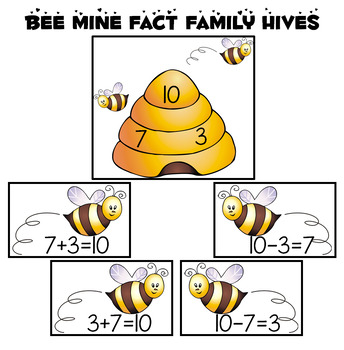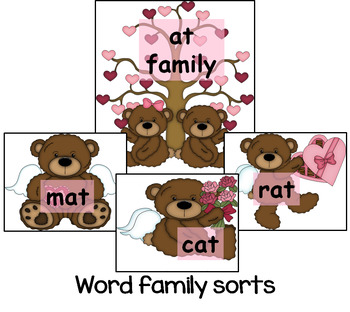Valentine's Day Literacy and Math
- PDF
Description
Valentine's Day activities and centers for math and literacy! Fun activities for small groups or centers, all with adorable Valentine's Day images! These twelve activities will engage your students while covering your math and literacy standards!
Includes:
Literacy Activities:
Valentine's Day themed syllable sorting
ABC order sorting
contraction matching activity
ending consonant blends activity
word family sort
"5 Little Valentines" poem & craft
Valentine's Day "I have...Who has? game with sight words from the first 150 Dolch sight words
Math Activities:
time to the hour and half hour
addition (sums < 20)
subtraction
fact families
graphing
You Might Also Like:
• Valentines Day Activities CVC Words Read & Write the Room
• Valentine's Day Sight Word Game (Dolch Word Lists 1-11)





